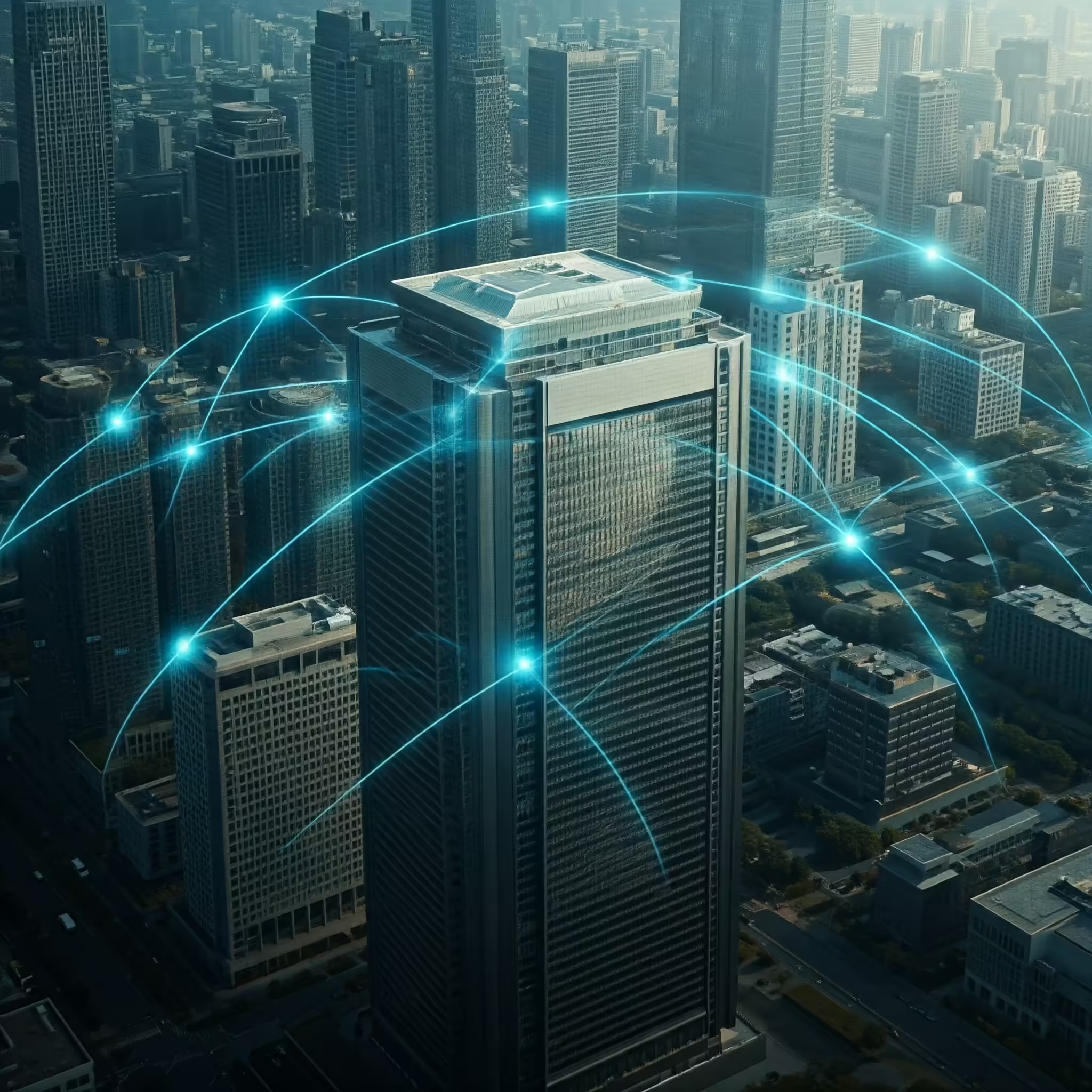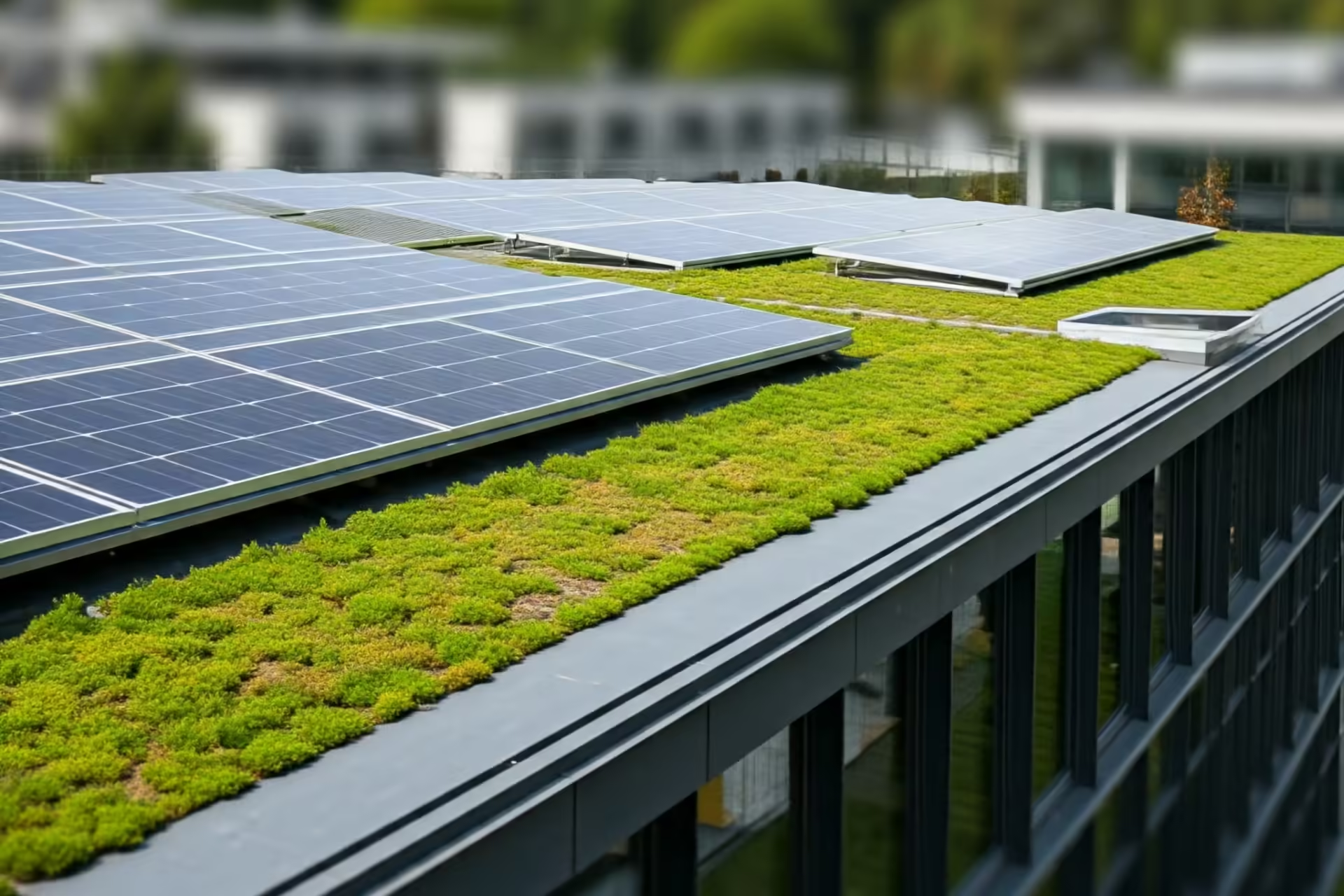As we advance into the 21st century, architecture is poised for transformative change driven by technology, societal shifts, and environmental awareness. Here are key predictions for how architecture will evolve:
1. Sustainable Design
Sustainability is becoming standard practice, with architects prioritizing eco-friendly materials and energy-efficient designs. Expect more green roofs, solar panels, and biophilic elements that connect buildings with nature, all aimed at minimizing environmental impact.
2. Smart Buildings
The rise of smart technology will revolutionize how we interact with our spaces. Buildings equipped with IoT devices will optimize energy use and enhance comfort, making seamless integration of technology essential in future designs.
3. Modular Construction
Modular and prefabricated construction methods will gain traction, allowing for faster and more cost-effective building processes. This approach will help address housing shortages while offering customizable designs.
4. VR and AR in Design
Virtual and Augmented Reality will transform the design process, enabling immersive experiences for clients and enhancing collaboration. These technologies will streamline construction and reduce errors on-site.
5. Resilient Architecture
With climate change prompting more extreme weather, resilient design will become crucial. Architects will focus on creating structures that can withstand natural disasters and adapt to changing environmental conditions.

6. Community-Centric Spaces
As lifestyles shift, community-focused design will take precedence. Mixed-use developments that integrate residential, commercial, and public spaces will foster social interaction and reflect local values.
The future of architecture lies in blending creativity with innovation to meet the complex challenges of our time. By embracing sustainability, technology, and community engagement, architects can create spaces that are functional, enriching, and resilient for generations to come. The journey ahead is dynamic, promising a built environment that truly reflects our evolving society.
Innovative Sustainable Design Strategies in India
- Green Roofs: Incorporate vegetation into building design to insulate, reduce stormwater runoff, and create habitats.
- Passive Design: Orient buildings to maximize natural light, ventilation, and heating/cooling.
- Renewable Energy Systems: Integrate solar, wind, or biogas energy systems into building design.
- Modular Construction: Use prefabricated, modular components to reduce waste and improve efficiency.
Indian Case Studies and Examples
1. IGBC Platinum-rated buildings: Many Indian buildings have achieved IGBC (Indian Green Building Council) Platinum ratings, showcasing excellence in sustainable design.
2. Tata Power’s Solar-Powered Building: A net-zero energy building in Mumbai that incorporates solar panels and energy-efficient systems.
3. CII-Sohrabji Godrej Green Business Centre: A sustainable building in Hyderabad that showcases green architecture and energy efficiency.
Sustainable architecture is crucial for India’s future development. By incorporating eco-friendly design principles, materials, and technologies, architects can create buildings that minimize harm to the environment and maximize efficiency. As India continues to grow and urbanize, sustainable architecture must become a priority for architects, builders, and policymakers.



